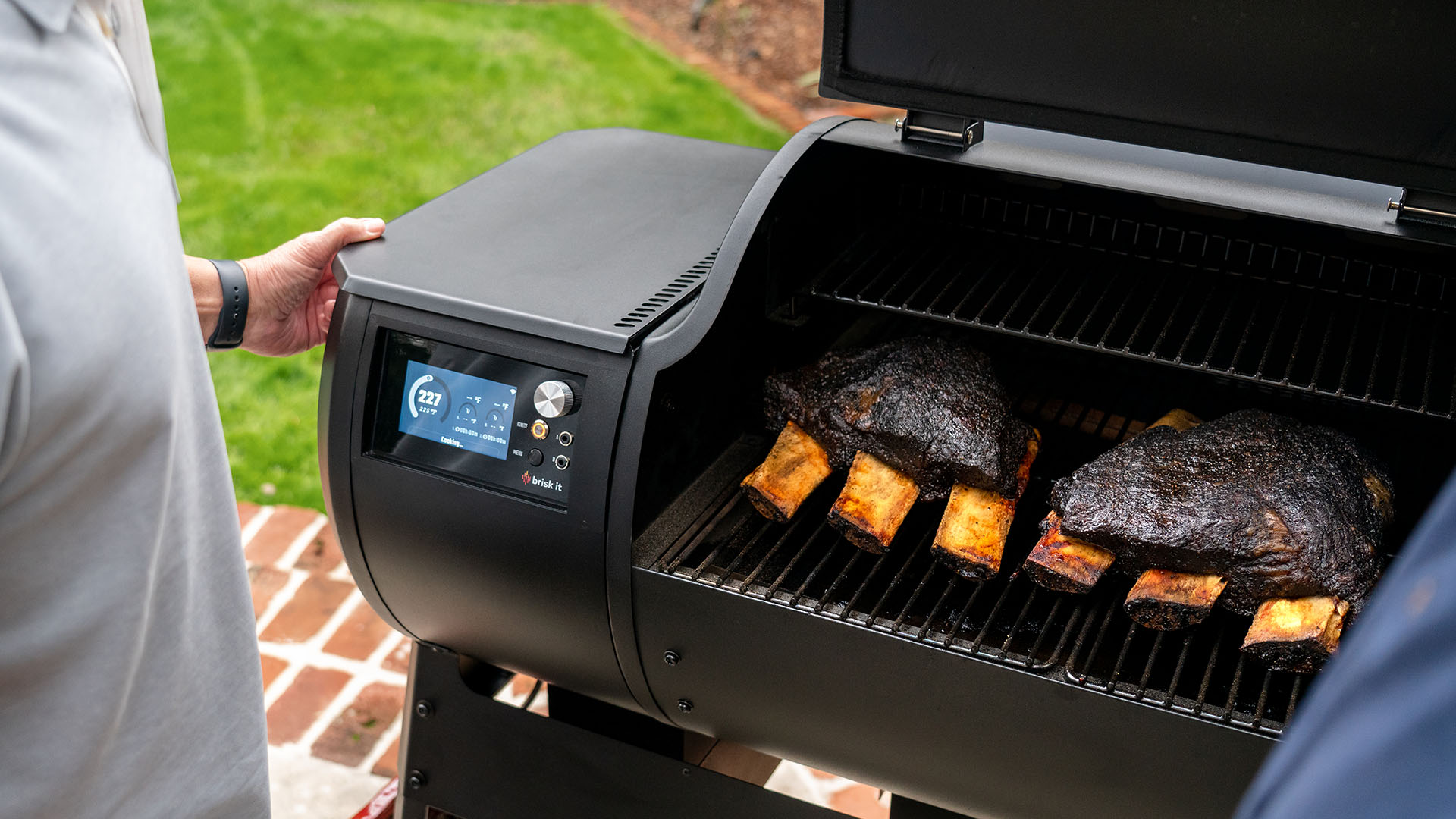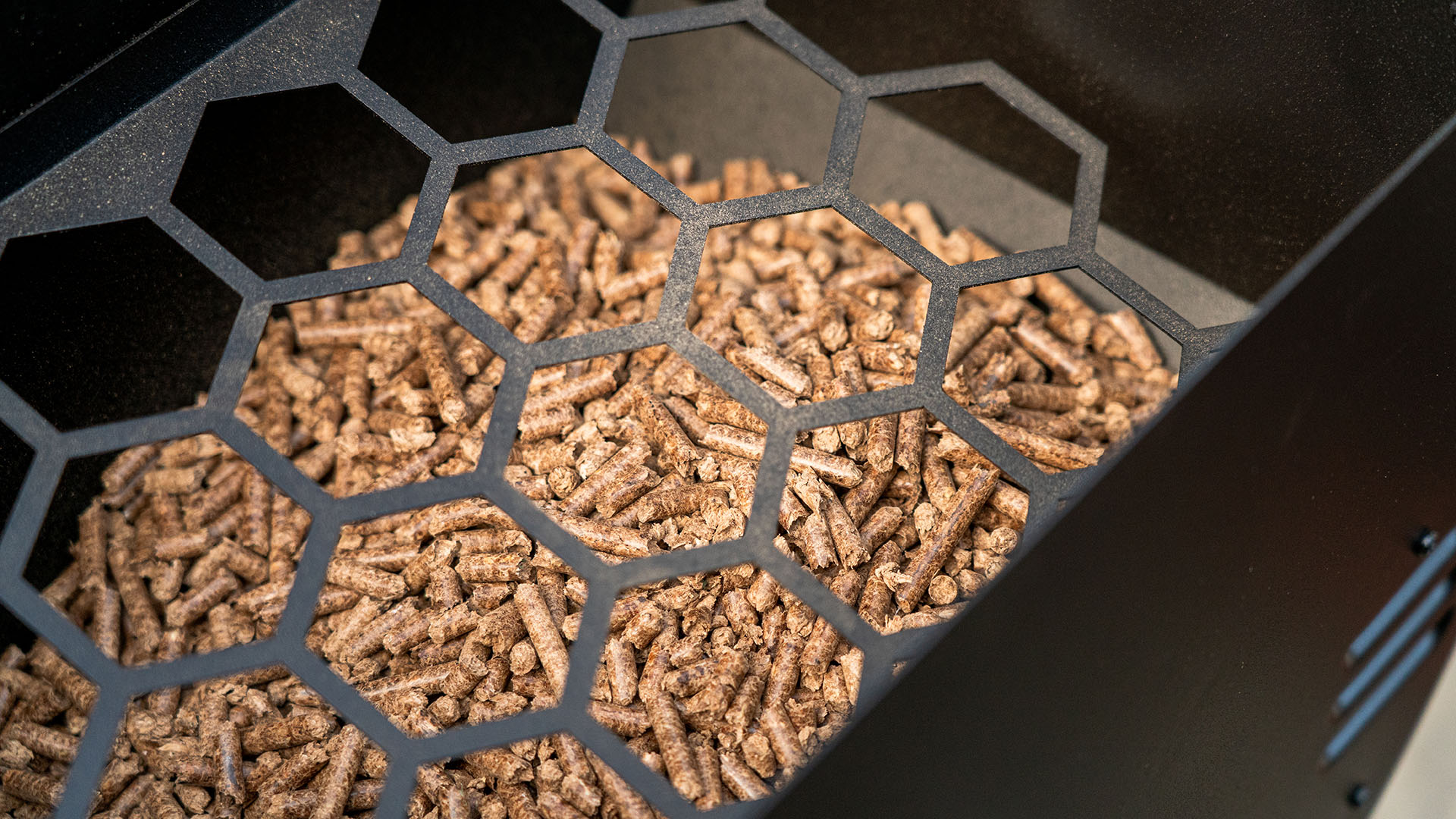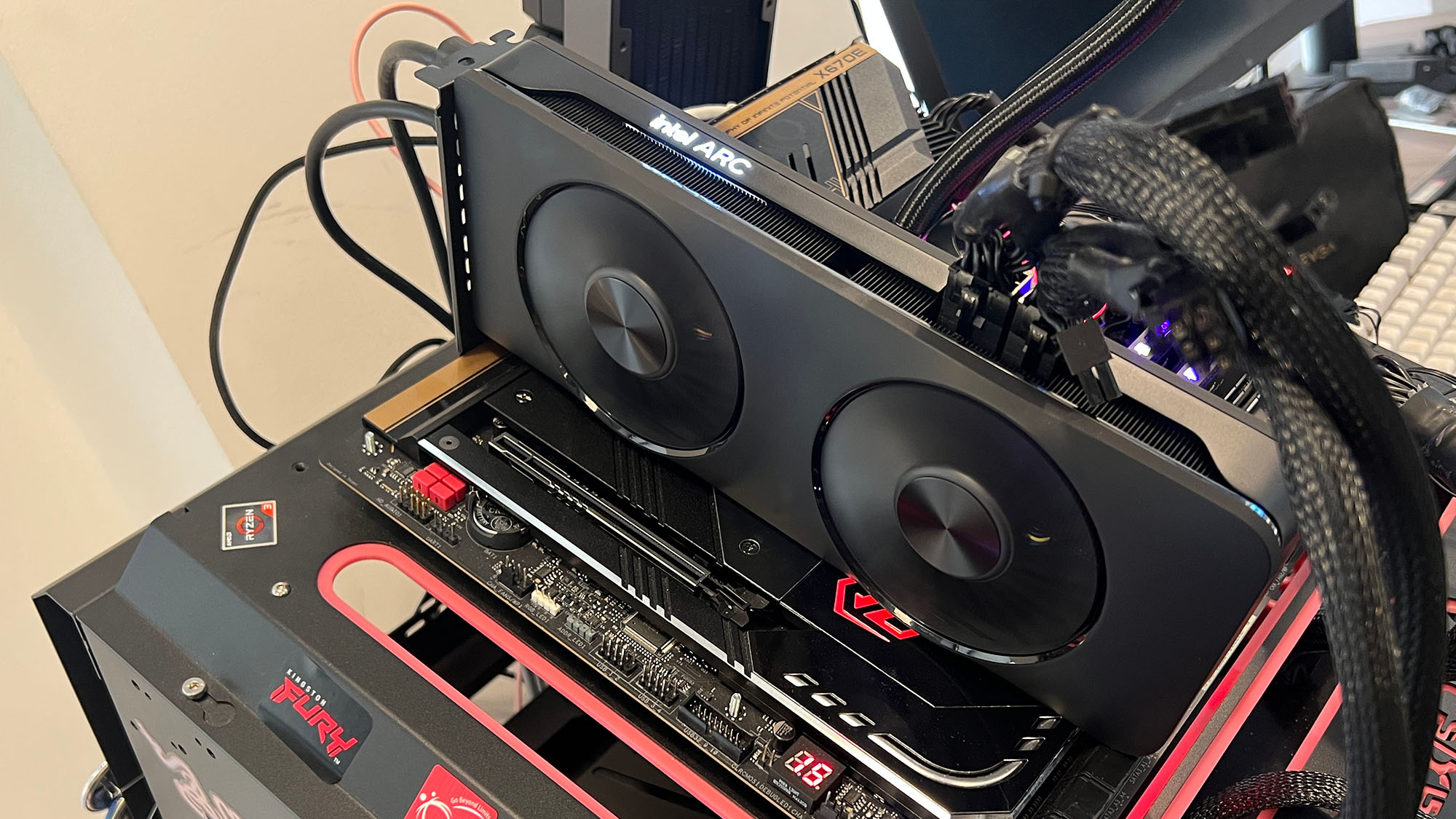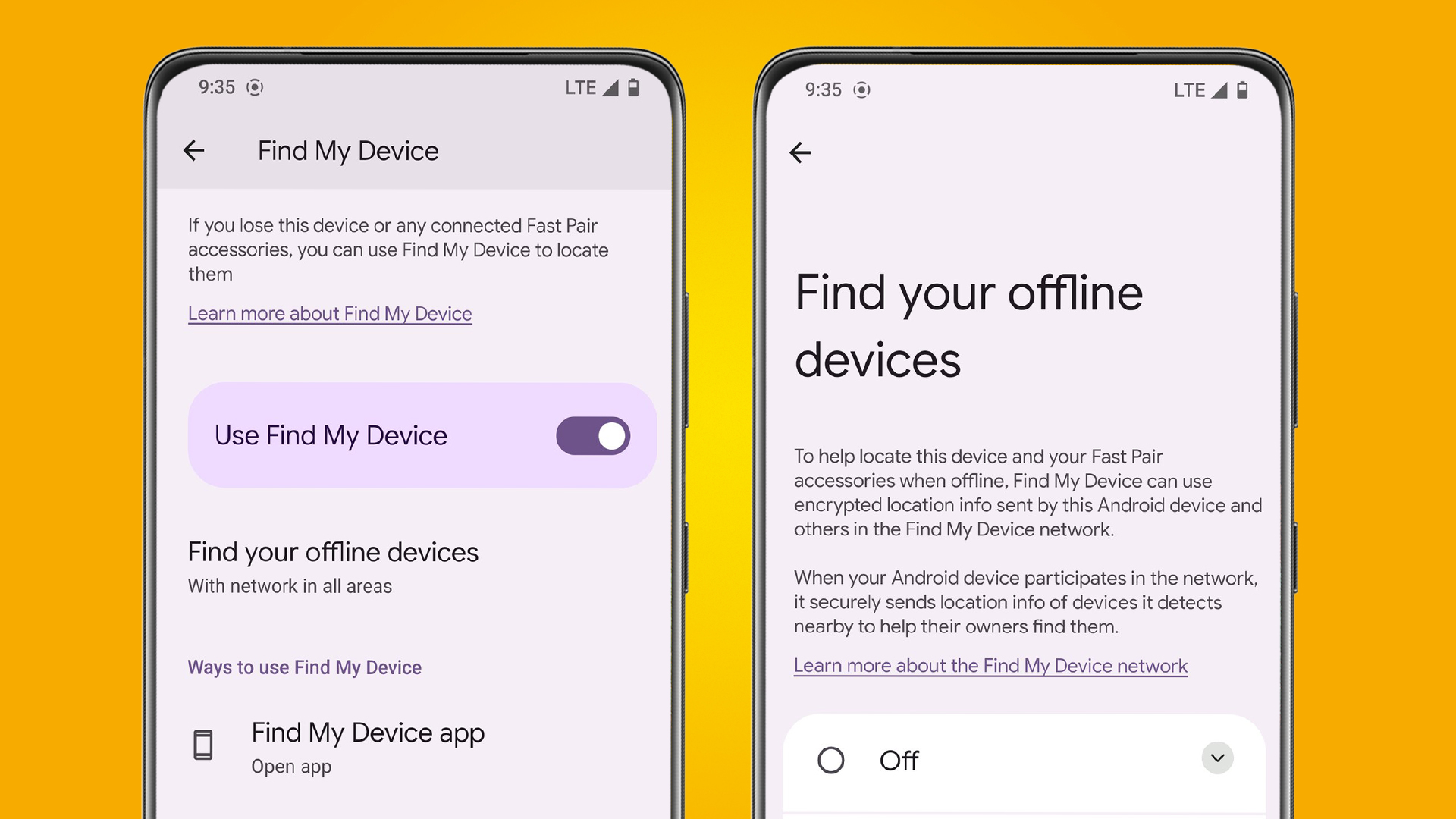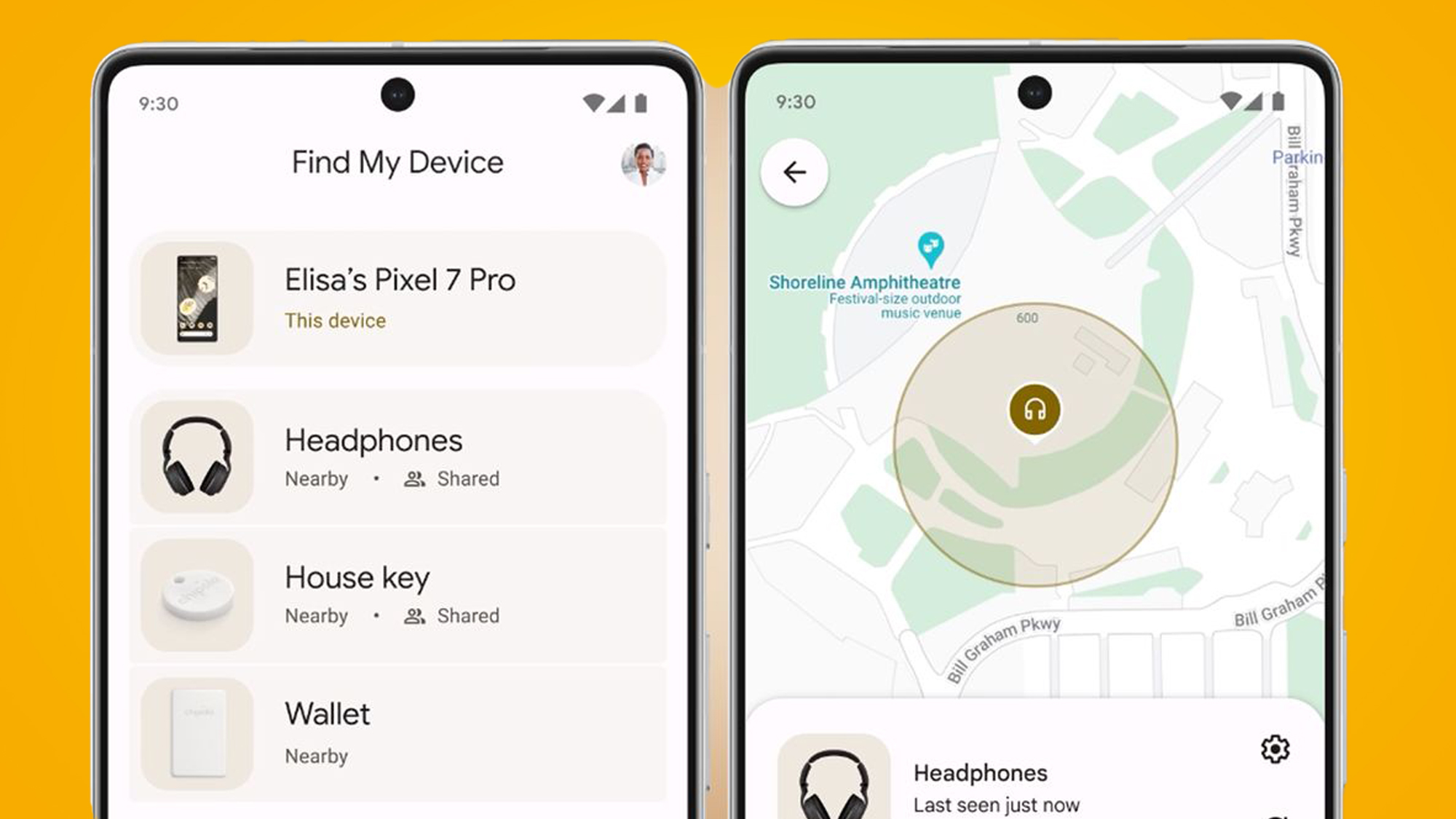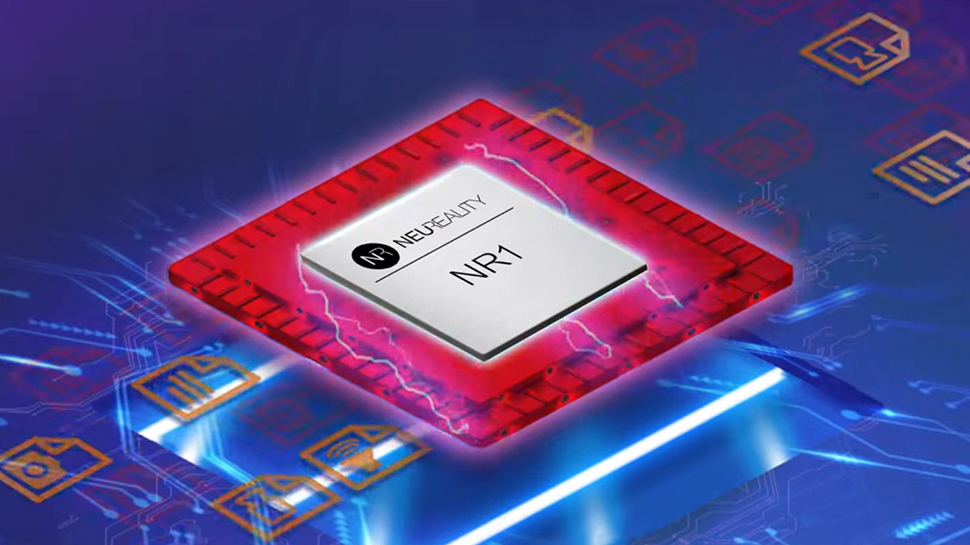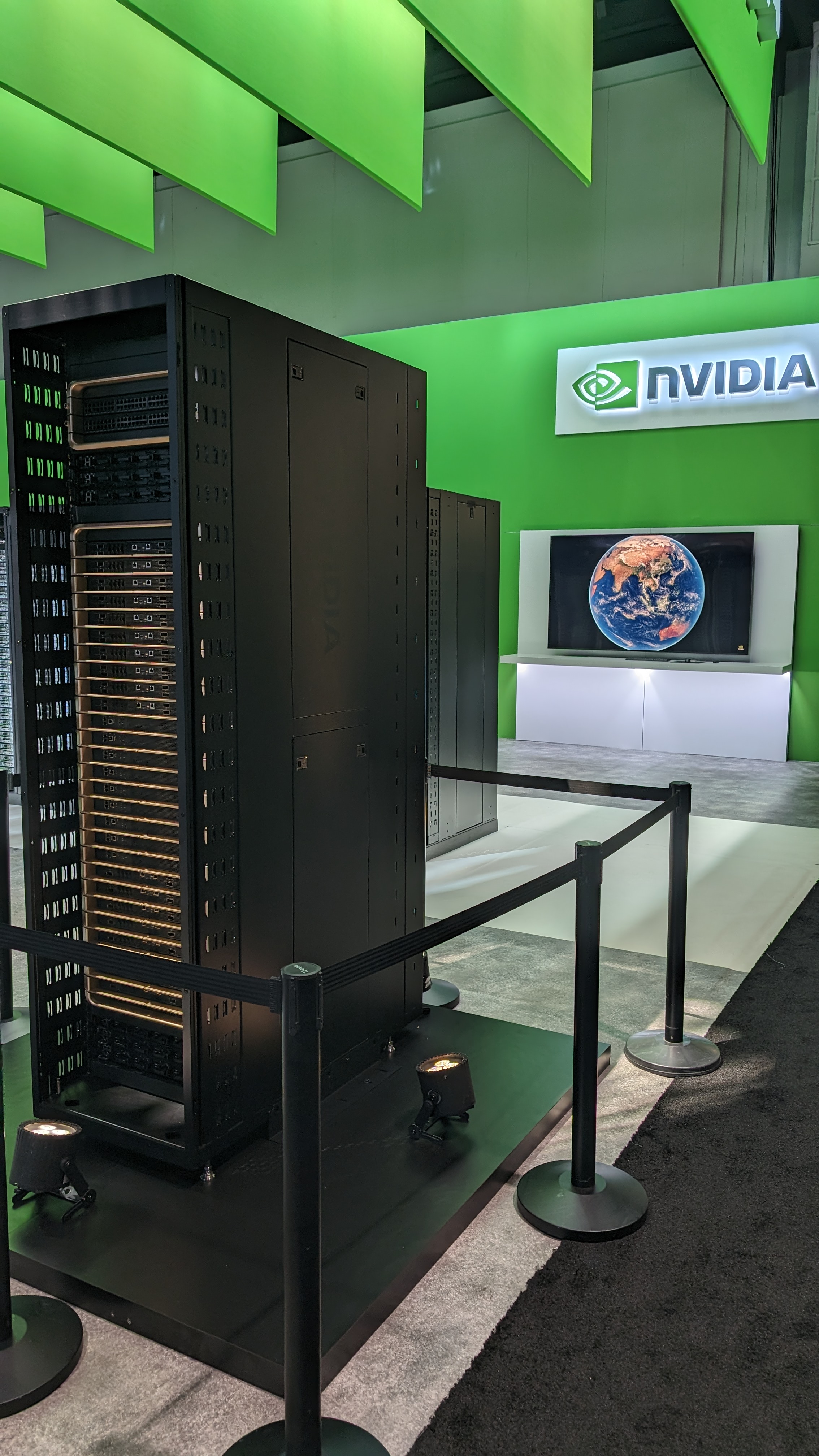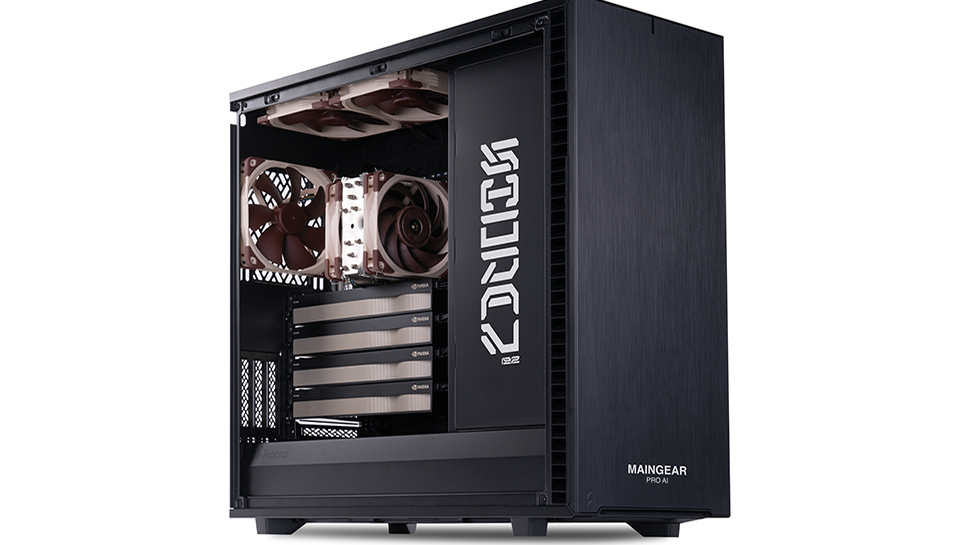[ad_1]

South Korean memory giant SK Hynix, which recently announced plans for the construction of the world’s largest chip factory, has now announced a major partnership with top Taiwanese semiconductor foundry, TSMC.
The two firms aim to cement their positions in the fast-growing AI market by developing and producing the next-generation of High Bandwidth Memory, known as HBM4.
The production, scheduled for 2026, will make use of TSMC’s state-of-the-art packaging technology. The project’s initial focus will be on the improvement of the performance of the base die, the element of HBM that connects directly to the GPU. SK Hynix will reportedly adopt TSMC’s advanced logic process for HBM4’s base die, allowing for extra functionality to be packed into a minimal space. The two firms intend to optimize the integration SK Hynix’s HBM and TSMC’s CoWoS (Chip on Wafer on Substrate) technology.
A strategic move for TSMC
“We expect a strong partnership with TSMC to help accelerate our efforts for open collaboration with our customers and develop the industry’s best-performing HBM4,” said Justin Kim, President and the Head of AI Infra, at SK Hynix. “With this cooperation in place, we will strengthen our market leadership as the total AI memory provider further by beefing up competitiveness in the space of the custom memory platform.”
Dr. Kevin Zhang, Senior Vice President of TSMC’s Business Development and Overseas Operations Office, and Deputy Co-Chief Operating Officer, agreed, stating, “TSMC and SK Hynix have already established a strong partnership over the years. We’ve worked together in integrating the most advanced logic and state-of-the art HBM in providing the world’s leading AI solutions. Looking ahead to the next-generation HBM4, we’re confident that we will continue to work closely in delivering the best-integrated solutions to unlock new AI innovations for our common customers.”
This collaboration is a strategic move for TSMC as much as it is for SK Hynix – if not more so – and demonstrates the firm’s potential in a role beyond foundry service provider. It’s hard to guess at the future, but should TSMC wish to continue its growth trajectory, it may need to consider expanding its strategic horizons even further, a move which could see it competing with some of its partners such as AMD or even rivals like Intel.
Competition is fierce in the semiconductor industry and moving up the value chain – leveraging its advanced technology to drive higher margins – is a risky move, but one that could potentially be hugely rewarding for the Taiwanese chip giant.
Via Nikkei
More from TechRadar Pro
[ad_2]
Source Article Link



